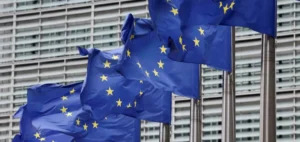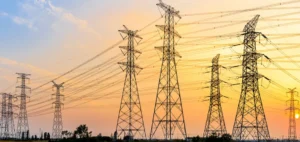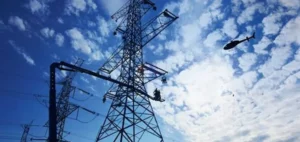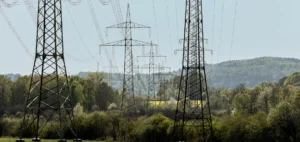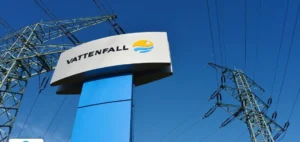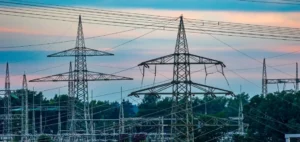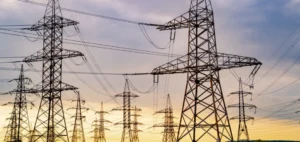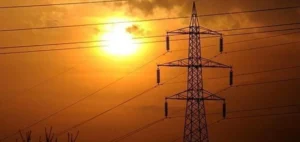The H2med energy infrastructure project, led by several European Union member states, has confirmed the technical feasibility of the subsea BarMar route linking Barcelona to Marseille. This validation follows two geophysical survey campaigns conducted in 2024 and 2025, along with a series of in-depth engineering analyses. The study concluded there are no major physical constraints and that crossings of existing infrastructure along the route are feasible.
Seabed conditions pose no critical obstacle
Experts assigned to the assessment determined that seabed conditions and terrain present no critical technical challenges for the hydrogen pipeline installation. All identified challenges can be addressed using established engineering practices. With the route now validated, project partners can proceed with the next phases as outlined in the overall project schedule, including permitting and regulatory authorisations.
The commercial operation date for the BarMar pipeline is now set for 2032, aligning with the schedule of the parallel CelZa project, which aims to connect the Spanish border to Central Europe. The success of this timeline strongly depends on coordination between national hydrogen networks in Spain, France and Germany.
Political coordination and regulatory harmonisation underway
The Franco-German Council of Ministers on August 29, 2025 confirmed alignment between the two countries on deadlines and governance for the corridor. H2med is designed as the backbone of the future European hydrogen network, and its implementation relies on precise synchronisation of national and cross-border infrastructures.
The year 2025 marks a turning point for the project, with the granting of Project of Common Interest (PCI) status by the European Commission. Grant agreements have been signed with the European Climate, Infrastructure and Environment Executive Agency (CINEA) covering both BarMar and CelZa initiatives.
Industrial structuring and market support
The establishment of the BarMar company in July, tasked with developing the Barcelona–Marseille interconnection, strengthens the industrial framework of the project. It falls within a multilateral political support structure also echoed by the market. Since the September event in Berlin, the H2med Alliance includes 49 industrial entities representing the entire hydrogen value chain, reflecting a reinforced commitment from sector stakeholders.



